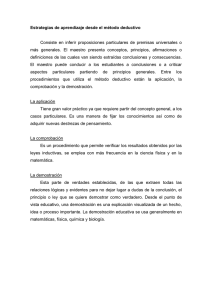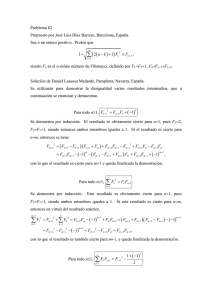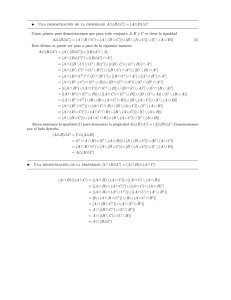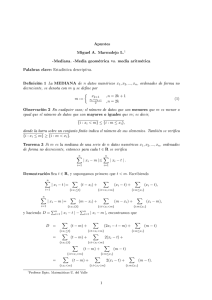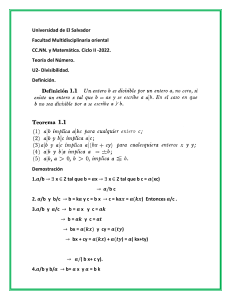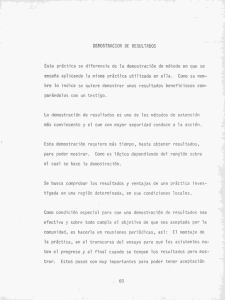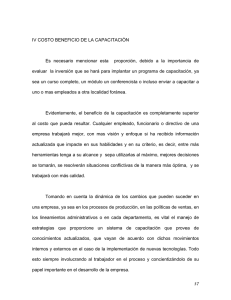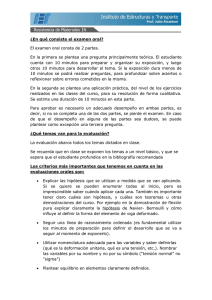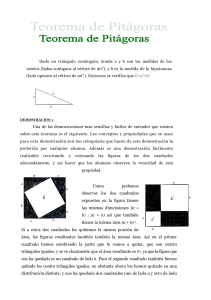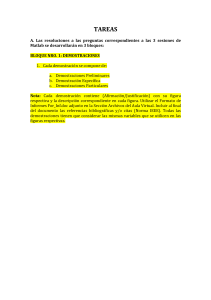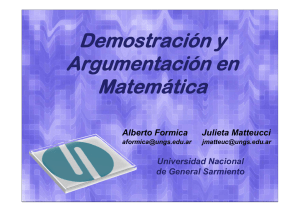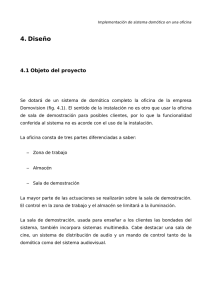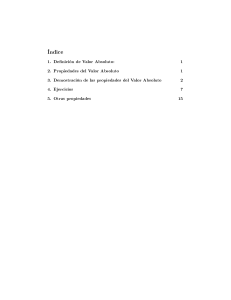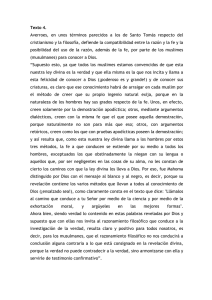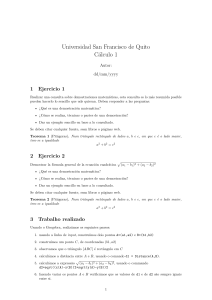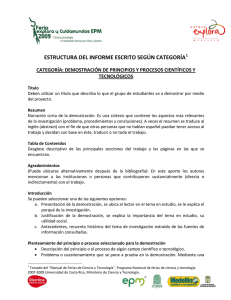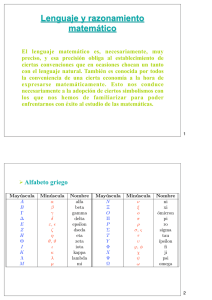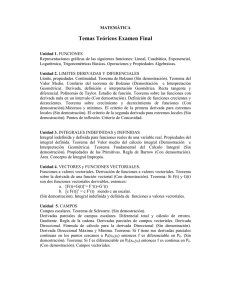∫ ∫ ∫ ∫ ∫ ∫ ∫
Anuncio
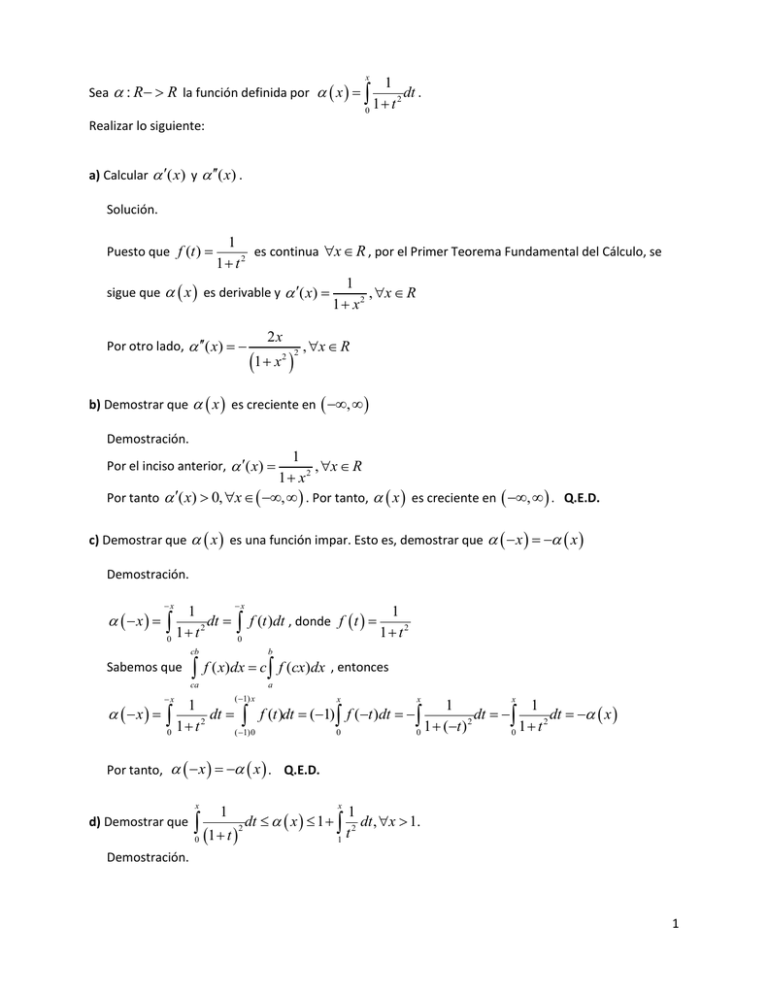
Sea : R R la función definida por x x 1 1 t 2 dt . 0 Realizar lo siguiente: a) Calcular ( x) y ( x) . Solución. 1 es continua x R , por el Primer Teorema Fundamental del Cálculo, se 1 t2 1 sigue que x es derivable y ( x) , x R 1 x2 Puesto que f (t ) Por otro lado, ( x) 2x 1 x 2 2 , x R b) Demostrar que x es creciente en , Demostración. 1 , x R 1 x2 Por tanto ( x) 0, x , . Por tanto, x es creciente en , . Q.E.D. Por el inciso anterior, ( x) c) Demostrar que x es una función impar. Esto es, demostrar que x x Demostración. x x 1 0 1 t 2 dt cb Sabemos que ca x f (t )dt , donde f t 0 1 1 t2 b f ( x)dx c f (cx)dx , entonces a ( 1) x x x x x 1 1 1 x dt f (t )dt (1) f (t )dt dt dt x 2 2 1 t 1 (t ) 1 t2 0 ( 1)0 0 0 0 Por tanto, x x . Q.E.D. x d) Demostrar que 1 1 t 0 x 1 dt , x 1. t2 1 dt x 1 2 Demostración. 1 Puesto que 1 1 t 2 1 , t , entonces 1 t2 x 1 1 t 0 x 1 dt , x 0 1 t2 0 dt 2 (1) Por otro lado, 1 x x 1 1 1 1 1 1 dt dt 1 2 dt 1, t 0,1 y 2 , t 1 entonces 2 2 2 2 1 t 1 t t 1 t 1 t t 0 1 1 x De (1) y (2), tenemos 1 1 t 0 x (2) x 1 1 dt 1 2 dt , x 1 Q.E.D. 2 1 t t 0 1 dt 2 e) Demostrar que x 2, x 1 Demostración. Por la desigualdad (2) del inciso (d), tenemos x x 1 1 1 1 1 1 0 1 t 2 dt 1 1 t 2 dt 1 x 1 1 x 1 2 x 2, x 1 x Por transitividad, se sigue 1 1 t 2 dt 2, x 1 Q.E.D. 0 2

